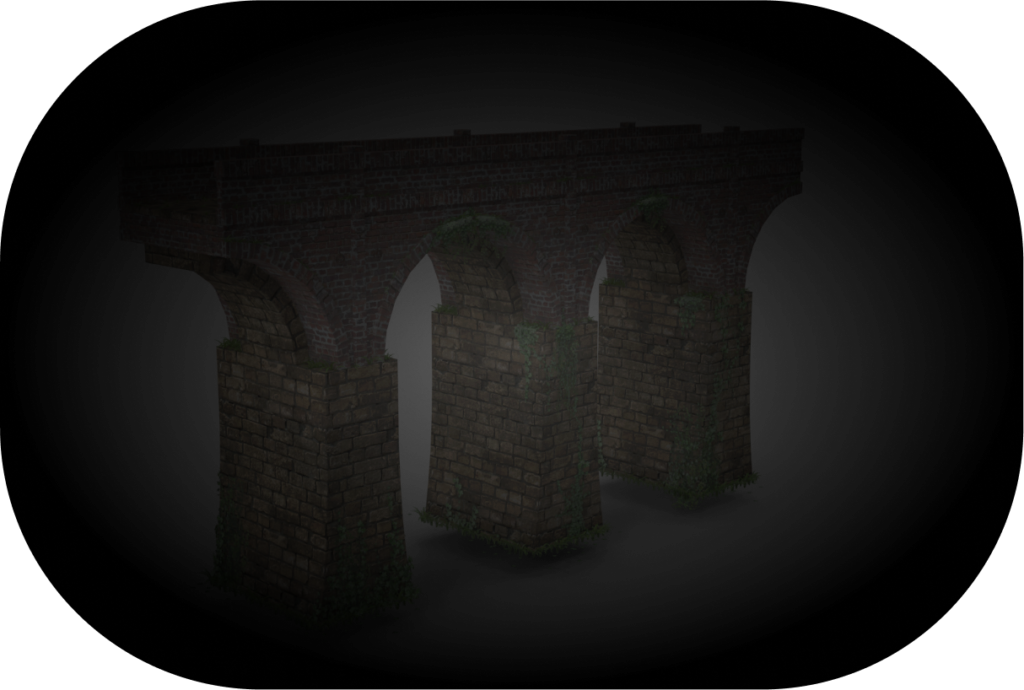course overview
The course is aimed at professionals in the geospatial industry, engineers, architects, and anyone who wishes to acquire in-depth knowledge in the field of drone-based aerophotogrammetry. The advanced aerophotogrammetry course using drones aims to provide participants with specialized training in the collection and processing of geospatial data using drones. During the course, starting from the selection of the most suitable drone for specific project requirements, topics related to flight planning and management of collected data will be covered in detail. Participants will use popular geospatial data processing software including Agisoft Metashape, Recap, and Autocad. Topics such as data georeferencing, correction of geometric distortions, and quality control of the obtained results will also be addressed.
Participants must be able to pilot drones safely and responsibly, and have already learned takeoff, landing, and hovering procedures.
